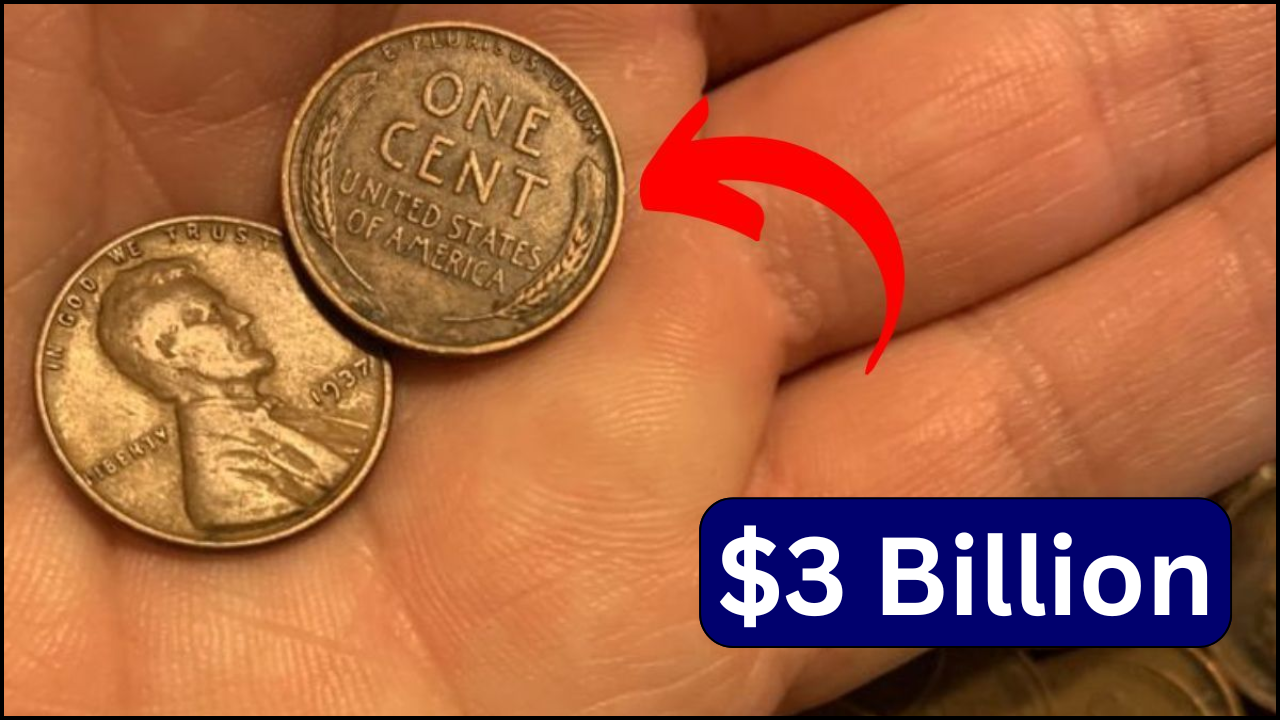If you have minor children, the Child Tax Credit (CTC) can provide significant financial relief. In 2025, the maximum CTC remains $2,000 per child, with $1,700 refundable—meaning you could receive a refund even if you don’t owe taxes. However, future changes may impact this benefit in 2026 and beyond.
Below, we break down CTC eligibility, income limits, refundability rules, and potential changes after 2025.
How Much is the Child Tax Credit in 2025?
- Maximum CTC per child: $2,000
- Refundable amount: $1,700 (you can still receive this if you owe no taxes)
- No increase for 2025
The current CTC rules were set in 2017 and are scheduled to expire in 2025. If Congress does not renew the expanded credit, the CTC could drop to $1,000 per child in 2026.
Who Qualifies for the Child Tax Credit?
To claim the CTC in 2025, your child must meet the following requirements:
- Age: Must be under 17 years old by December 31, 2025.
- Relationship: Can be your biological child, adopted child, stepchild, sibling, grandchild, or nephew/niece (if they lived with you for at least six months).
- Social Security Number: The child must have a valid SSN before filing your taxes.
- Residency: The child must have lived with you for more than half of 2025.
- Dependency: You must claim the child as a dependent on your tax return.
Important: If your child files their own tax return (except for refunds), they won’t qualify for your CTC claim.
Income Limits for the Child Tax Credit
Your income affects your CTC amount. The credit begins to reduce once your Modified Adjusted Gross Income (MAGI) exceeds:
- $200,000 for single filers
- $400,000 for married couples filing jointly
For every $1,000 over the limit, your CTC is reduced by $50.
Example:
If your MAGI is $210,000 (single filer), your CTC drops to $1,500 per child instead of $2,000.
Tip: Use the IRS Interactive Tax Assistant to check your eligibility.
What Happens to CTC After 2025?
- The increased CTC to $2,000 was approved in 2017 under the Tax Cuts and Jobs Act (TCJA).
- If Congress does not renew the expansion, the CTC will drop to $1,000 per child in 2026.
- In 2024, efforts to extend a higher CTC were blocked by the Senate.
- Future changes depend on election outcomes and budget negotiations.
Other Tax Credits for Families
Other Dependent Credit (ODC)
If your child is 17 or older and financially dependent, you may qualify for the Other Dependent Credit (ODC).
- Applies to older children (e.g., college students you financially support).
- Credit amount: $500 per dependent.
State-Level Child Tax Credits
In addition to federal CTC, some states offer extra child tax credits:
- California: Offers its own state-level CTC for qualifying families.
- Colorado: Provides extra credits for families with young children.
- New Jersey: Offers a refundable tax credit for parents of children under 6.
Note: State CTC rules vary, so check your state tax website for eligibility details.
The Child Tax Credit (CTC) remains $2,000 per child in 2025, but with no increase in refundability. Families earning above $200,000 (single) or $400,000 (joint) will see reductions in their CTC amount.
If Congress does not act, the CTC will drop to $1,000 per child in 2026. Families should also check state tax credits for additional support.
To determine your exact CTC eligibility, visit the IRS website or use the IRS tax calculator.
FAQ’s
How much is the Child Tax Credit in 2025?
The maximum Child Tax Credit is $2,000 per child, with up to $1,700 being refundable if you meet the income requirements.
Who qualifies for the Child Tax Credit?
Your child must be under 17, have a valid SSN, live with you for over half the year, and be claimed as a dependent on your tax return.
Will the Child Tax Credit decrease after 2025?
Yes, if Congress does not renew the current credit, it will drop from $2,000 to $1,000 per child starting in 2026.
What are the income limits for claiming the CTC?
The credit begins to phase out at $200,000 for single filers and $400,000 for married couples filing jointly.
Are there additional tax credits for families?
Yes. The Other Dependent Credit (ODC) provides $500 for older dependents, and some states offer additional child tax credits.




